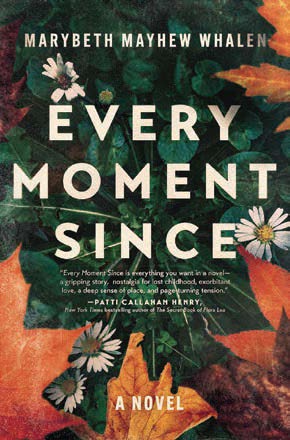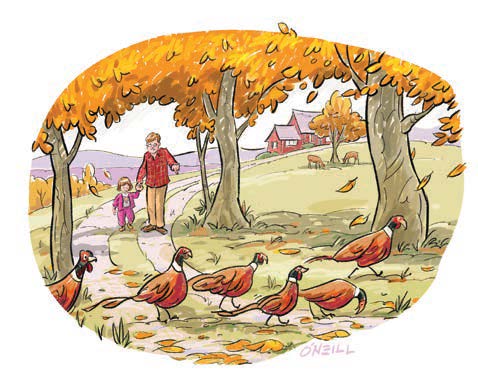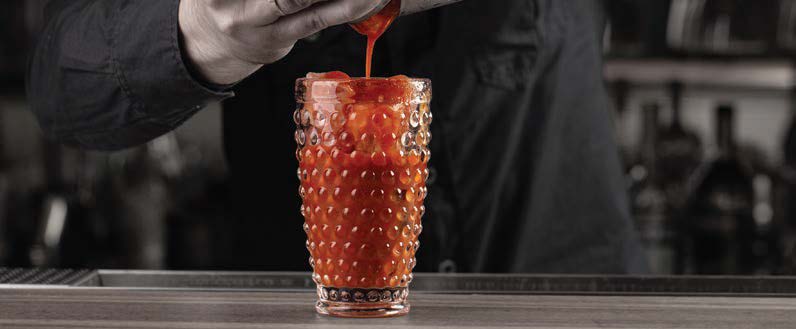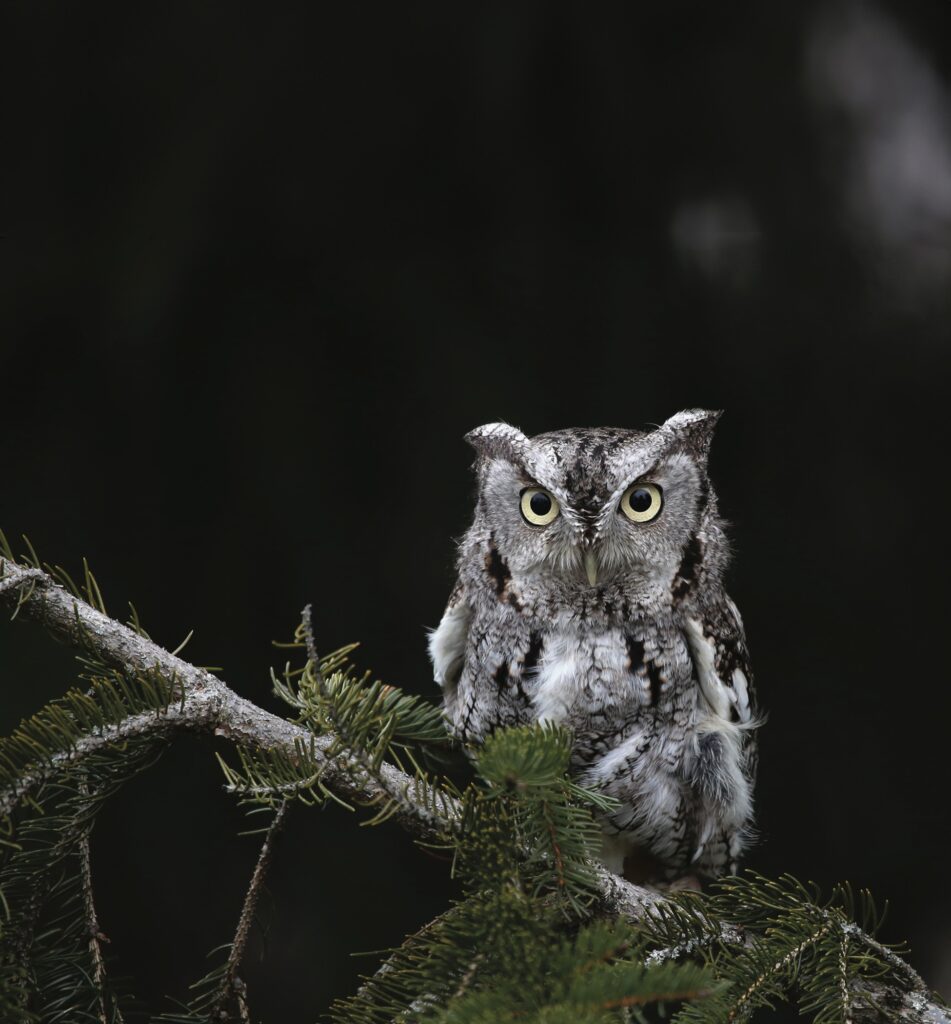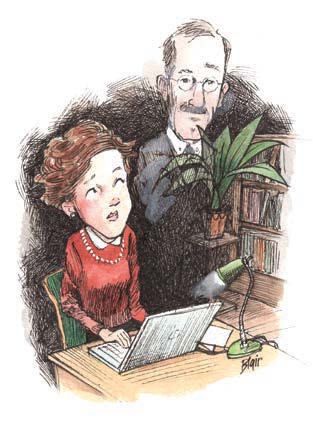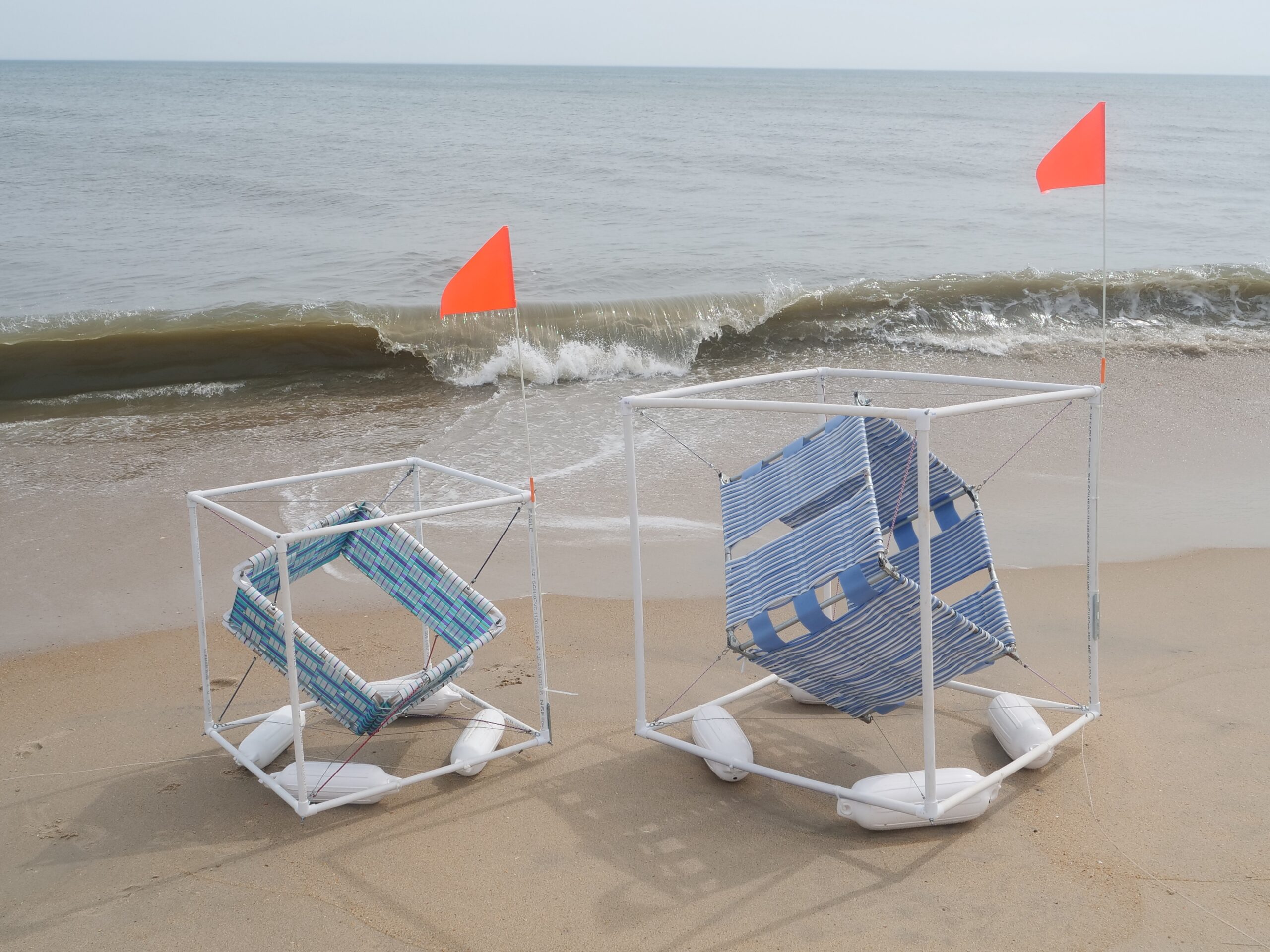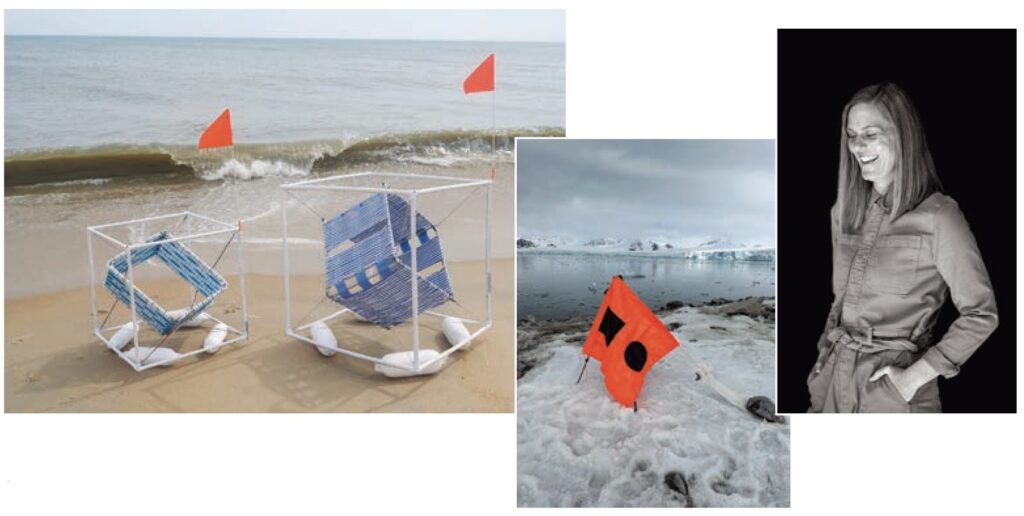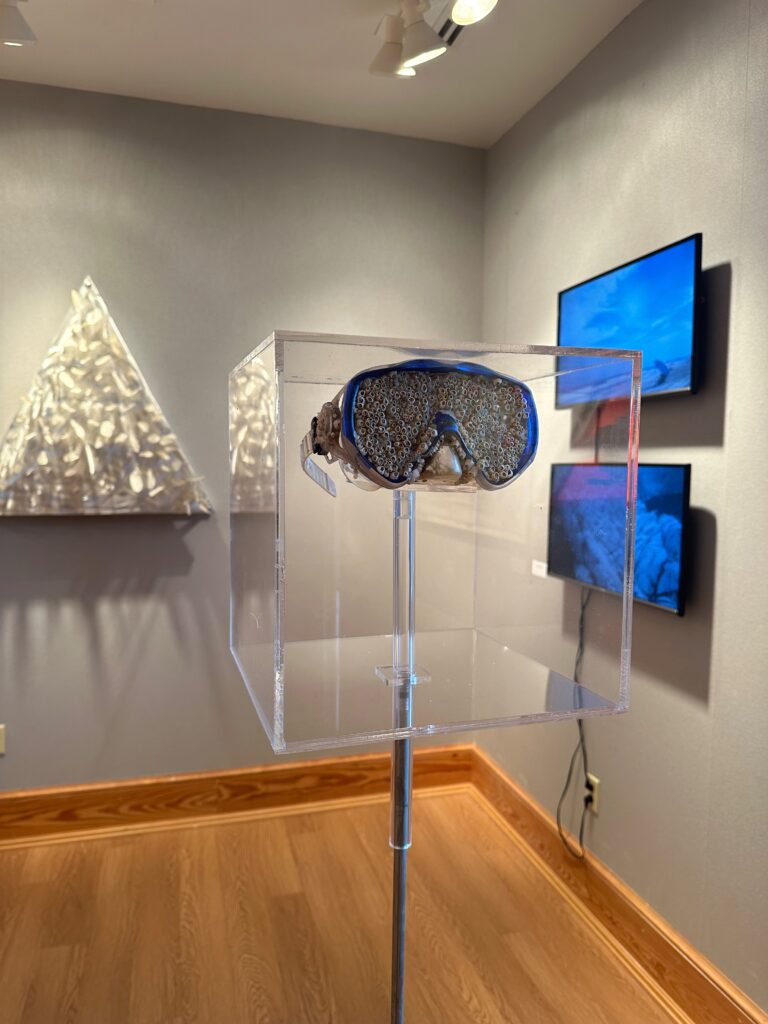Chaos Theory
CHAOS THEORY
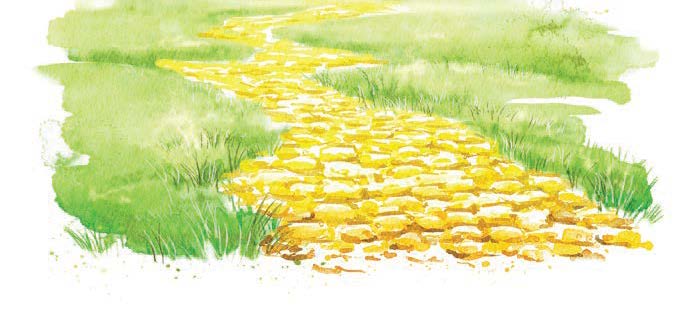
Speaking of Traditions...
There’s no place like Greensboro
By Cassie Bustamante
In the age of streamable television and movies, some of my favorite childhood traditions have become a thing of the ’80s past: Saturday morning cartoons, singing commercial jingles on repeat with my brother — Who’s that kid with the Oreo cookie? — and annual movie marathons. Thanks to it being my father’s favorite festive film, our family always watched A Christmas Story during its 24-hour run on TNT. And for the longest time, the 1939 film The Wizard of Oz was an American Thanksgiving tradition more sacred than green bean casserole.
While I’m thrilled my three kids will never know the horror of “bagel bangs” and double-layered neon socks, it saddens me that some of these timeless treasures weren’t so timeless after all. But when we moved to Greensboro almost six years ago, I discovered that our little Emerald City had a November tradition of its own: the Community Theatre of Greensboro’s annual production of The Wizard of Oz.
Last year, our family, minus Sawyer, the oldest — an actual adult who claims musicals aren’t “his thing” — decided to partake in this community custom.
The day before our ticketed show, a Sunday matinee, 5-year-old Wilder and I are in the kitchen with roasted-potato-and-fennel soup simmering on the stovetop. Meanwhile, Chris, my husband, busies himself outside with leaf cleanup. “Alexa, play ‘Ding-Dong the Witch is Dead’ from The Wizard of Oz,” I command.
She does as told. (Modern technology can be a good thing, too!) The melody, paired with squeaky, studio-altered munchkin voices, echoes throughout the kitchen. Wilder moves his little body to the music, but stops for a moment. A dimpled hand shoots to his mouth as he giggles at the chipmunk-esque sounds emanating from the speaker. After that song, Alexa continues with other tunes from the “Merry Old Land of Oz,” but Wilder is not into hearing what Dorothy or Glinda have to say. Nope, he only wants the music of his new fav singing group: The Munchkins.
The next morning, he wakes and asks immediately, “Is today the day? Are we going to The Wizard of Oz?” As the day progresses, the question becomes, “How many more minutes?”
Finally, it’s almost showtime. We park downtown and skip to the Carolina Theatre, where families pile in. I see little girls dressed up as Dorothy and sparkling shoes on feet of all sizes. I’ve donned my black “Bad Witch” sweater as a nod to poor, misunderstood Elphaba. (Hey, I’ve seen Wicked, too!) Wilder, meanwhile, wears his ruby red Nikes.
We find our seats in the center of the balcony. Wilder struggles to see, but doesn’t care for the feel of the plastic booster seat. I’m already a little concerned the show won’t hold his attention and now I’m worried he’ll be uncomfortable, too. “Do you want to sit on my lap?” I offer.
He snuggles in and anxiously awaits the start of the show. The music begins, the curtain opens and we see Dorothy and Toto — and yes, a real dog is cast in the role!
Wilder sits on the edge of his seat, aka my knees. He’s utterly enthralled. Next to me, my daughter, Emmy, and I exchange occasional smiling glances. Almost three hours pass and not once has he taken his eyes off the stage — minus an intermission potty break — unless it’s been to hide his face from the Wicked Witch of the West and her entourage of flying monkeys.
I’m hot and sweaty, regretting the wool sweater I’ve worn, unaware that I’d be holding a human-sized space heater in my lap throughout the show, but I don’t care. Like those traditions I once thought timeless, these moments of borderline uncomfortable — but golden — closeness will similarly prove fleeting.
At the final curtain call, Wilder stands and cheers, whooping and hollering for the cast, especially the Tin Man. The Community Theatre’s executive director enters the stage to make some closing announcements, but our family takes that opportunity to beeline for the door before the crowd pours out. We can still hear her voice outside the theatre when she reminds the audience about next summer’s production of The Lion King Jr.
With his clammy little hand in mine, I drag Wilder hurriedly behind me, trying to catch up with Chris and Emmy. “Wait! Wait!” he shouts. “Can we see The Lion King?”
And just like that, it seems that a new-to-us tradition is born: Community Theatre productions.
“Of course we can,” I answer. While I am a parent who admittedly relies on YouTube and other digitally created content to entertain my children so I can accomplish tasks — or find a moment of peace, even — nothing can compare to the experience of real humans singing and dancing right in front of you. And while I don’t know how long his love of live theater will last, I plan to enjoy it while I can. Because this is the stuff of his own childhood memories.

